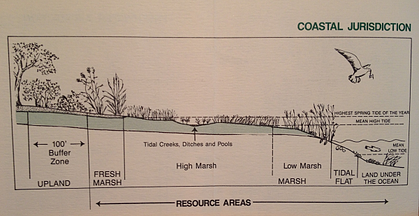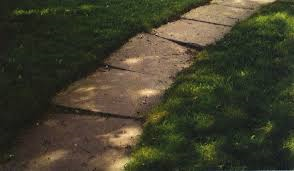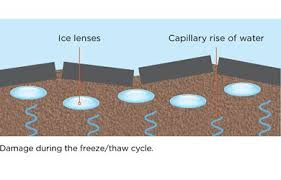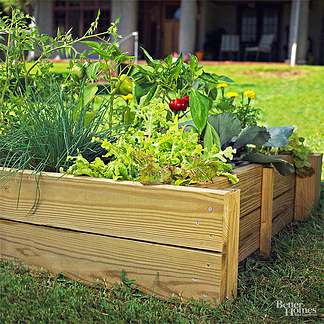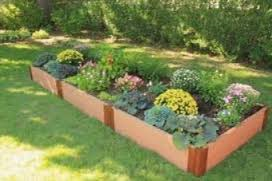The winter wonderland that is Cape Cod has rain in the forecast. Great! A melt! But then a deep freeze. With 2+ snow on the ground...
Homes are designed and built with grading that moves water away from the foundation. However, a foot of snow all around the house totally compromises the drainage plan. Snow piles will keep melting water from flowing away from the foundation. Instead, the water will saturate the earth, and try to penetrate into the basement.
A Federal Emergency Management Agency press release warns people against leaving snow near their homes.
--Make sure downspouts carry water several feet from your house to a well-drained area. - About 2,500 gallons of water will come from a 1,000 square foot roof with one foot of snow depth across the roof. This much water may cause problems if allowed to drain next to the house.
--Move snow on the ground away from the house. Water from the snow may cause a wet basement if allowed to run down along the basement wall. If the ground is sloped 1 inch per foot near the house, moving the snow just 3-5 feet from the house will reduce problems.
--Examine and clean your sump pump, if you have one. Test your sump pump by pouring water into the pit. Make sure the discharge hose carries the water several feet away from the house to a well-drained area. Also make sure that the pipe is on sloped ground so it drains to prevent it from freezing.
--Remove snow from around rural yards to minimize soft, wet soil conditions. Remember that a 20-foot diameter 10-foot high pile of snow contains about 2,600 gallons of water. Move the snow to well-drained areas.
Ice Dams on your roof can cause serious damage to your home:

Here are answers to Frequently Asked Questions:
Q. I already have an ice dam on my roof. What should I do about it?
A. If you can reach the roof safely, try to knock the ice dam off with a roof rake, or cut a channel through the ice to allow standing water to drain. If you cannot reach the roof safely, consider hiring a contractor to remove it. Another method is to fill a nylon stocking with calcium chloride ice melt and place it vertically across the ice dam so that it melts a channel through the dam. If you try this method, make sure you can safely position the ice melt on your roof, and make sure to use calcium chloride, not rock salt. Rock salt will damage your roof. Also be aware that shrubbery and plantings near the gutter or downspout may be damaged.
Q. I have an ice dam. How can I tell if it has caused damage inside my home?
A. Look for water stains or moisture in the attic or around the tops of exterior walls on the top floor. Just because an ice dam is present does not necessarily mean water has penetrated the roof membrane. However, it is always best to remove ice dams before they have the opportunity to cause damage.
Q. I have giant icicles hanging off my gutters. What should I do?
A. Look carefully at where the ice is. If the icicles are confined to the gutters and there is no water trapped behind them, this does not indicate the presence of an ice dam. However, large icicles can pose a danger to people when they fall off. Try to safely knock the icicles off from the ground, making sure not to stand directly beneath them. If you cannot reach them safely from the ground, consider hiring a contractor to help.
Q. What else can I do to protect my home?
A. An easy way to help snow and ice drain off your roof is to make sure the area around your downspouts is clear. This will make it possible for your gutters to drain when snow does melt. It will also help prevent flooding when the snow and ice melts.
Q. What types of damage should I be concerned about?
A. Interior water damage from ice dams is very common after heavy snow followed by frequent periods of melting. Ice dams occur because the eaves (the overhangs at the edge of your roof) tend to be colder than the rest of the roof. When water melts off the main part of the roof and reaches the eaves, it may re-freeze there and create a dam that prevents water from draining off the roof. The water can then back up underneath the roof shingles and make its way inside your home. Structural damage can also occur when the weight of snow and ice exceeds the load-bearing capacity of your roof. This is most often the case with flat roofs, older buildings, or structures whose integrity may already be compromised.
Q. How do I know if there is too much snow and ice on my roof?
A. The answer depends on a number of factors, including the roof type, construction technique, and age and condition of the structure. As a rule of thumb, if there is more than a foot of heavy, wet snow and ice on your roof, you should try to have it removed.
Q. How should I remove the snow and ice that has accumulated from my roof?
A. If you have a flat roof that is easily reached from an interior stairway, you may want to shovel the roof. Remember to put safety first any time you are on a roof, especially one that is covered in snow and ice. If you have any doubt, leave it to the professionals. If you have a sloped roof, it may be possible to remove the snow and ice using a roof rake, a long-handled tool designed specifically for this purpose. Stand on the ground and pull as much of the snow off the eaves as you can safely reach. It is not necessary to remove all the snow; removing the first three to four feet of snow closest to the gutters will help alleviate these issues.
Q. What if I can’t reach the roof at all?
A. Many homebuilders, landscaping and roofing contractors, and property maintenance companies will remove snow and ice from roofs. Before hiring a contractor, check references. Always be sure your contractor is insured and bonded. We do not recommend using a ladder in snowy and icy conditions. This can be extremely dangerous and is best left to professionals.
Q. How do I keep this from happening again next year?
A. Using a roof rake to clear the first three to four feet of snow from your roof immediately after each winter storm is an effective approach to preventing ice dams from forming. Ultimately, the best prevention for ice dams is to eliminate the conditions that make it possible for them to form in the first place. Making sure your attic is well insulated will help prevent the melting-and-freezing cycle that causes ice dams to form.
Forward this to your friends and neighbors to keep everybody safe!



